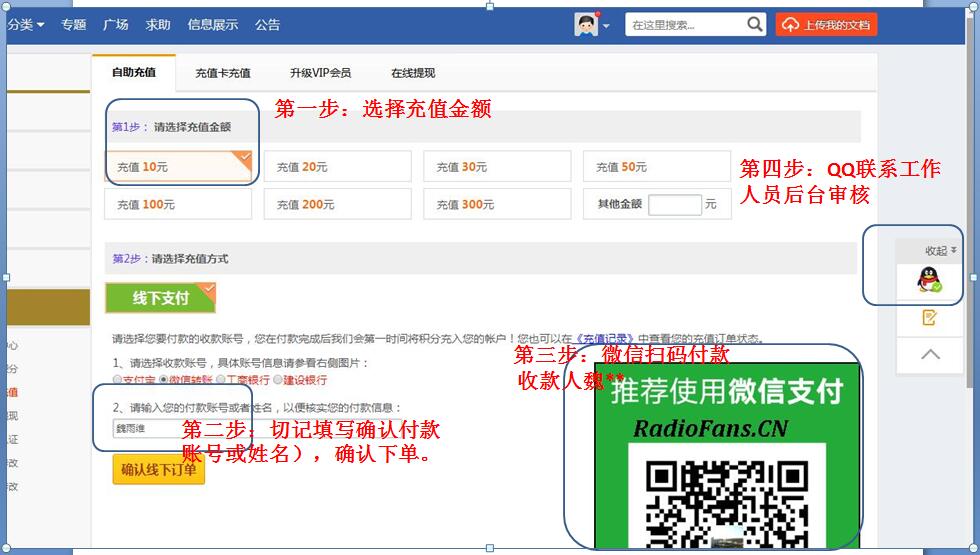 JBL Technical Note - Vol.1, No.15 电路原理图.pdf
JBL Technical Note - Vol.1, No.15 电路原理图.pdf
《JBL Technical Note - Vol.1, No.15 电路原理图.pdf》由会员分享,可在线阅读,更多相关《JBL Technical Note - Vol.1, No.15 电路原理图.pdf(8页珍藏版)》请在收音机爱好者资料库上搜索。
1、Technical Note Volume 1, Number 15 INTRODUCTION: The purpose of this Technical Note is to offer selection criteria for both large and small monitor loudspeakers. Since early 1984, JBL and UREl monitor products have been marketed through JBL Professional, and JBLs total monitor market share is larger
2、 than that of any other com- pany. The joining of the two product lines has caused some confusion in certain quarters, and it is the aim of this Tech- nical Note to answer all questions of performance and usage. This Technical Note is divided into two main sections. The first deals with the large mo
3、nitors, while the second section deals with the small monitors. LARGE MONITORS: Background: Since 1980, JBLs Bi-Radial and UREIs Time Align monitors have become the most widely accepted commer- cial products for monitoring multi-track recording. Easily 90% of the worlds 16- and 24-track studios use
4、one or the other of the two types. Historically, the UREl 811, 813, and 815 Time Align systems grew out of the Altec 604 Duplex (coaxial) loud- speaker, which James B. Lansing had originally developed in 1943? The recording industrys long love affair with the point-source 604 had persisted through t
5、hick and thin, and in the late 1970s, Bill Putnam, the CEO of UREl, engaged the consulting services of Ed Long to come up with a dividing network for the basic 604 coaxial trans- ducer which would correct both amplitude and time domain anomalies in the basic unit. The models 811 (single coaxial), 81
6、3 (coaxial with added woofer), and 815 (coaxial with two added woofers) were developed. During the early 1980s, UREl developed their own proprietary coaxial unit, which utilized the JBL 2425 high-frequency driver. The model 813 in particular was an industry favorite. The JBL monitor philosophy grew
7、out of a different tradition. Long based on HF compression drivers and horn/ lens combinations, JBLs 4300 Series product line was expanded during the 1970s, and the two-, three-, and four- way designs became popular throughout the world. In 1980, the Bi-Radial 4430 and 4435 monitors were intro- duce
8、d 2 Improvements in HF drivers made it possible for extended range two-way systems to deliver substantially uniform acoustical power (2 dB) from about 500 Hz to 12 kHz. The resulting systems were easy to equalize in the majority of monitoring environments, and the use of Bi-Radial horns ensured abso
9、lutely even horizontal and vertical pattern control above 1 kHz. After the acquisition of URC, UREIs parent company, by Harman International, a new coaxial unit was developed by UREl and JBL engineers and was introduced in late 1985, and the current line of UREl Time Align monitors now takes advanta
10、ge of JBLs expertise in transducer manufac- ture. Both Time Align and Bi-Radial monitors make use of titanium HF drivers for extended response. The Basic Characteristics: The Bi-Radial and Time Align monitors have certain mutually exclusive characteristics: specifically, the Time Align monitors are
11、effectively point sources, while the Bi- Radials maintain flat power response above 1 kHz. There is no way that both of these advantages can be embodied in a single design. Figure 1: Beamwidth characteristics of UREl 813C Coaxial Loudspeaker System. Choosing the Right Studio Monitor for Specific App
12、lications: A Discussion of JBL and UREI Monitor Loudspeakers 6 dB Beamwidth (degrees) Frequency in Hz Horizontal Vertical For a coaxial design to work, the HF horn must be smaller than the LF cone so as not to impede the output from the cone. This inevitably means that, at crossover, the radiation p
13、attern from the HF section will widen in the verti- cal plane. This is shown in Figure 1. If the HF section of a two-way design is to maintain the same pattern control at crossover as the LF cone, it must be approximately the same size as the cone. This is the case with the Bi-Radial designs, and ob
14、viously such a HF horn cannot be mounted coaxially with a LF cone. The resulting pattern control for a Bi-Radial design is shown in Figure 2. Note that the horizontal control is quite smooth through the transition region. Vertical pattern control nar- rows down just at the single frequency where the
15、 output from the HF and LF transducers is precisely equal. The resulting directivity indices (Dl) of the two monitor designs are shown in Figure 3. Figure 2: Beamwidth (-6 dB) vs. Frequency, 4430 Frequency in Hz Figure 4: Delay between HF and LF acoustical center Figure 3: Directivity Factor (Q) and
16、 Directivity Index (Di) for 813C and 4435 Monitors. Figure 5: Frequency in Hz In summary, the smooth Dl (and power response) of the Bi-Radial design is bought at the expense of point source radiation, and conversely the point source nature of the Time Align design is bought at the expense of smooth
17、power response through the crossover region. So far, we have not mentioned that characteristic of the UREI monitors which gives them their name, time align- ment. In working out the dividing network for the UREI monitors, Ed Long used a multi-section low-pass filter, which acts like a delay line. It
18、 was precisely calculated to compensate for the inherent delay of high frequencies due to the fact that the HF driver is located well behind the LF acoustical center. 3 Details of this are shown in Figure 4. By comparison, the Bi-Radial design accomplished similar time alignment, but at a slightly v
19、ertical off-axis angle, as shown in Figure 5 4 LOW-FREQUENCY WAVEFRONTS Angle in Degrees Horizontal- Q Dl (dB) 813C 4435 HIGH-FREQUENCY WAVEFRONTS a = ARCSIN(X/2dO 2a = ARC BETWEEN NULLS X = WAVELENGTH AT CROSSOVER d, = CENTER-TO-CENTER SPACING PHASE RETARDED SLIGHTLY AT CROSSOVER TO SHIFT UP NULL A
20、XIS 2 Figure 6: FREQUENCY (Hz) Figure 6 shows the relative time domain performance of the two design approaches, along with the Blauert and Laws criteria for audibility of group delay effects in sound reproduction. Note that both designs fall well below the cri- teria. As a measure of how well the s
21、ystems can reproduce a square wave - and this is a difficult task for any loud- speaker we show photographs in Figure 7. Figure 7: Photos of square wave response at 750 Hz A. UREl 813 B. JBL 4435 In remaining matters of response, the two basic designs are similar. Here, we are referring to on-axis r
22、esponse, impedance, maximum acoustical output, and distortion. Typical comparisons are shown in Figures 8 through 11. Figure 8: 4435,1 W at 1 meter on horn axis, 2TT mounting; Impedance. Frequency in Hz Figure 9: 813C, 1 Wat 1 meter on HF axis, 2TT mounting; impedance. Frequency in Hz Figure 10: 443
23、5 driven to SPL of 110 dB at 1 meter (16 v RMS). Distortion raised 20 dB. Figure 11: 813C driven to SPL of 110 dB at 1 meter (8.2 v RMS). Distortion raised 20dB. GROUP DELAY (milliseconds) BLAUERT impedance. Figure 13: Beamwidth (Horizontal and Vertical) vs. Frequency, UREI 809 Figure 14: JBL 4425 O
24、n-axis response (1 W at 1 meter) and Impedance. Figure 15: JBL 4425 Horizontal and Vertical Beamwidth (-6 dB). Table 1. Characteristics of Intermediate Monitors Model Description Sensitivity (1W 1m) Pink Noise Power Rating Maximum Output* ( 1m) 809A Time Align 93 dB 100 watts 113dB 4425 Bi-Radial 91
- 配套讲稿:
如PPT文件的首页显示word图标,表示该PPT已包含配套word讲稿。双击word图标可打开word文档。
- 特殊限制:
部分文档作品中含有的国旗、国徽等图片,仅作为作品整体效果示例展示,禁止商用。设计者仅对作品中独创性部分享有著作权。
- 关 键 词:
- JBL Technical Note Vol.1 No.15 电路原理图 Vol No 15 电路 原理图
 收音机爱好者资料库所有资源均是用户自行上传分享,仅供网友学习交流,未经上传用户书面授权,请勿作他用。
收音机爱好者资料库所有资源均是用户自行上传分享,仅供网友学习交流,未经上传用户书面授权,请勿作他用。



 Marshall-9100-62-02-Schematic电路原理图.pdf
Marshall-9100-62-02-Schematic电路原理图.pdf


